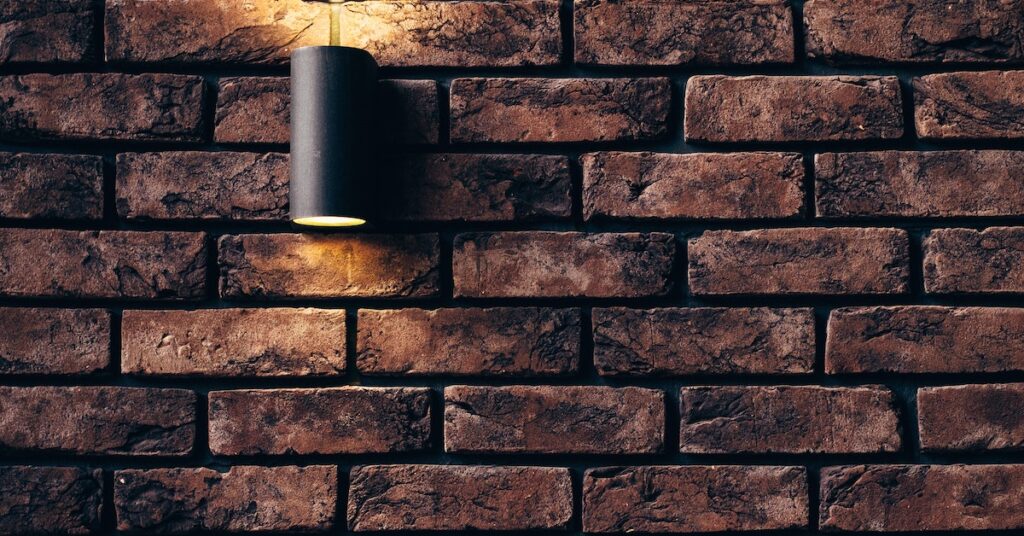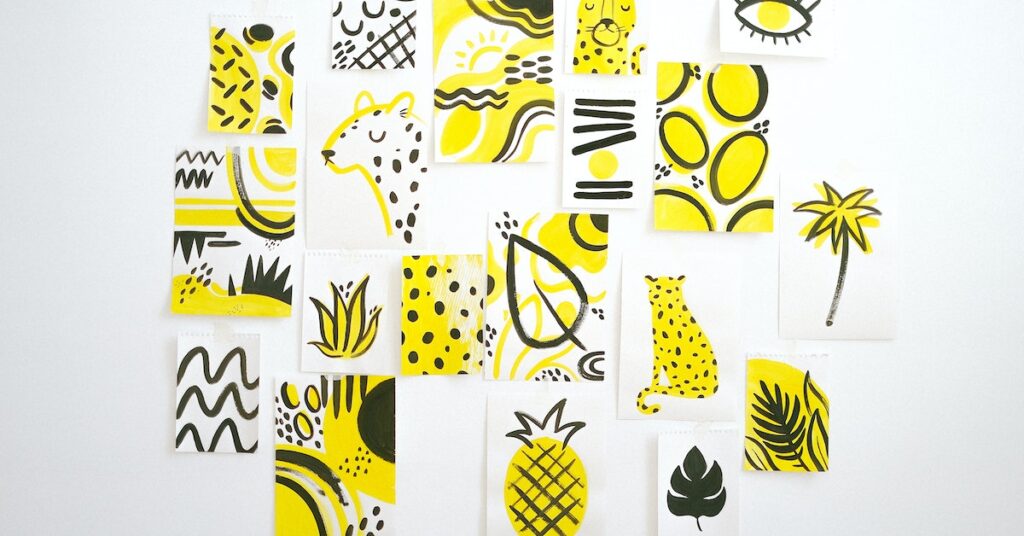When we talk about Drawings and Paintings, the first thing that comes to mind is that both art forms are based on lines and shapes. They are generally made in one colour, and they usually involve scales and measurements. Drawings are often more realistic than paintings. Paintings, on the other hand, use a variety of mediums and techniques.
Drawings and paintings
The close relation between drawings and paintings is reflected in the stylistic characteristics of both art forms. The two mediums share many common features in content and form, including measurements, proportions of figures, and relationship of form to space. Another common characteristic is the distribution of the theme within the composition. It may be arranged according to a static order, such as symmetry, or dynamic contrasts, such as eccentric vanishing points or an overamplification of individual elements. In addition, both art forms employ rhythm to establish separate pictorial units or a continuous flow of lines.
While paintings have traditionally been considered superior to drawings, both art forms can be valuable. A painting’s formal qualities are what determine its value in the art world, while a drawing is created for a more personal purpose. A drawing is a personal statement that expresses the artist’s personality spontaneously, making it one of the most personal of artistic statements. As a result, its esteem has risen in proportion to the esteem attached to individual artistic talent. From the point of view of the public and artist, drawings have gained importance as art forms.
In addition to the materials needed to create a painting, drawings are also an essential part of the art-making process. Drawings are typically created on paper, but they can also be created on canvas or on a copper plate. Paintings, on the other hand, are created using paint medium and applied to paper, canvas, or walls.
Techniques
Many beginning art students seek advice on equipment and materials that will help them expand their artistic abilities. These items will also help the artist develop and refine their techniques. Using the appropriate tools will make the process of drawing and painting easier. For example, a paintbrush can be a helpful tool for painting and drawing landscapes, for example.
A solid drawing is the foundation of a great painting, and it’s important to master drawing techniques to create a stunning drawing. Proper shading and highlights are essential to a successful painting, and there are many methods to help you achieve great results. Listed below are a few methods to improve the quality of your drawings:
Using a proportional grid to draw a subject is another technique. The grid technique breaks up the subject into bite-sized pieces so that you can concentrate on what you’re looking at. You can use a proportional grid or photo reference to achieve this effect. This technique will make your subject more manageable because it will allow you to focus on the details and avoid wasting time trying to replicate the entire picture.
Using different kinds of pens is another way to create a masterpiece. Ink drawing is a very versatile art form and requires great drawing skills. Many artists use various kinds of inks to fill in the shapes they want to portray. The contrast between the colored areas and the blank areas of the drawing is an attractive part of ink drawing.
Materials
There are many different types of materials used for drawing and painting. Some are more suitable for certain types of art work than others. For example, charcoal sticks are an excellent medium for colored sketches. They are made from carbonized wood and are available in different thicknesses. A thick stick is best for large areas and fine details, while a thin one is perfect for smaller areas.
Artists’ materials have changed little since the Renaissance, although today’s materials are easier to use and contain a larger variety of pigments. However, the process of using them has remained largely the same. Most drawing materials are inexpensive and are durable enough for several drawings. Beginners should start with a medium they enjoy most, and then phase in other materials gradually.
Paper is another essential material. There are many different types of paper, from newspaper grade to high-quality papers that can handle many different types of media. Depending on the type of drawing or painting you’ll be doing, you’ll want to consider the texture and weight of the paper. Smooth, non-acidened paper will hold up better to drawing materials, while coarser, non-acidified papers will provide a better surface for laying down layers of color.
In addition to paper, drawing materials will vary. Drawing materials may include pens, pencils, pens, paint, or watercolour. Some of these are conventional and others are unique to each medium.
Styles
A person who loves drawing can experiment with different styles. For example, one may want to learn how to draw castles or use Art Deco techniques. Using different media will allow the artist to create accurate and detailed drawings. However, not every medium is suitable for certain styles. For instance, a person who likes working with crayons may not want to use a messy charcoal. To achieve a good balance between style and medium, one can adapt their preferred medium to fit their drawing style. This will be helpful to those who are pursuing a career in design.
Each artist has a distinct style. While some artists prefer an extremely realistic style, others may prefer a more abstract approach. These differences are due to the subject matter and the artist’s level of comfort. As a result, it can take a while for an artist to find the right style.
The most popular styles of painting and drawing are abstract and realism. The former tends to express the artist’s feelings and often includes strange images. Examples of this style include Leonardo da Vinci’s ‘Mona Lisa’. Meanwhile, the latter is more popular and became popular during the modern art movement of the first half of the 19th century. The main difference between these two styles is that the former focuses on the subject and the latter emphasizes the art itself.
Academic styles are often associated with formal and technical art skills. These artists usually use a toned paper and a white pencil for highlights. This allows for a more realistic value range while also making the highlights pop out of the surface. While the latter aims for a more idealised representation of the form, academic styles tend to be more precise and realistic.
Genres
The genres of drawings and paintings refer to different styles, subjects, and mediums. Generally, genre art depicts ordinary life, either realistically or romantically. Some genres are more specific than others. Some artists specialize in one genre, while others make paintings that are broadly representative of all genres.
Figure drawing is a popular genre that draws on the human form. It can also depict landscapes or animals. Artists focus on shading and contours to create a realistic image. They may also use the pointillistic technique to create tiny dots that create a realistic image. Both techniques use light to create realistic images.
Drawing doodles is a common style that can help improve drawing skills and help you develop your own distinctive style. It is a great way to practice drawing and keep your creative juices flowing. Doodle artists can capture a great deal of realism in their drawings. To become a master of this style, you must practice your skills.
Value
A painting is worth more than a drawing because of the materials and time involved in creating it. However, drawings can still fetch a good price when they are sold at auctions. Here are some tips to increase the value of your drawing: First, inspect it for any damage. Also, research upcoming auctions. Second, check its subject matter. Famous paintings usually feature people and landscapes, or are portraits of famous people.
Third, the condition of your drawing or painting is also a factor. A professional appraisal of your work is essential for accurate valuation. Experts will be able to give you the most accurate estimate. For instance, a drawing that is in pristine condition can be worth a lot more than one that has suffered from water damage and fading.
Lastly, a good understanding of value in paintings and drawings will make it easier for you to paint in a variety of hues. Although you may have limited colors, you can still create a lot of contrast with the right value. Another way to check if your artwork is using the right value is to make a value scale. The value scale can be made by drawing squares in gradually lighter colors from black to white.
Value is one of the most basic aspects of art. It can make or break the structure of a piece. There are 7 visual elements in art and each one contributes to the structure of the work. For instance, value describes the range between black and white, and it reflects the light source, shape, and depth of the object.








